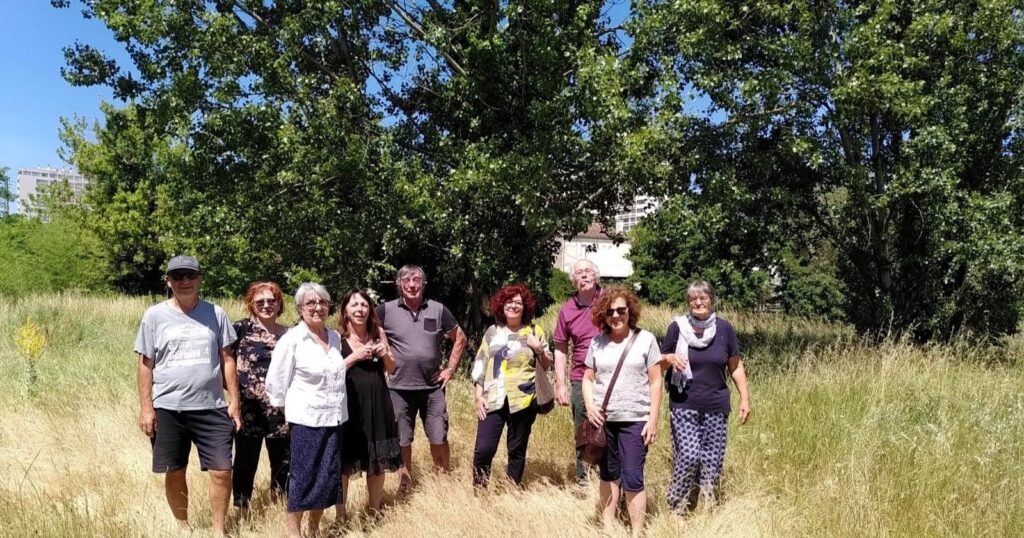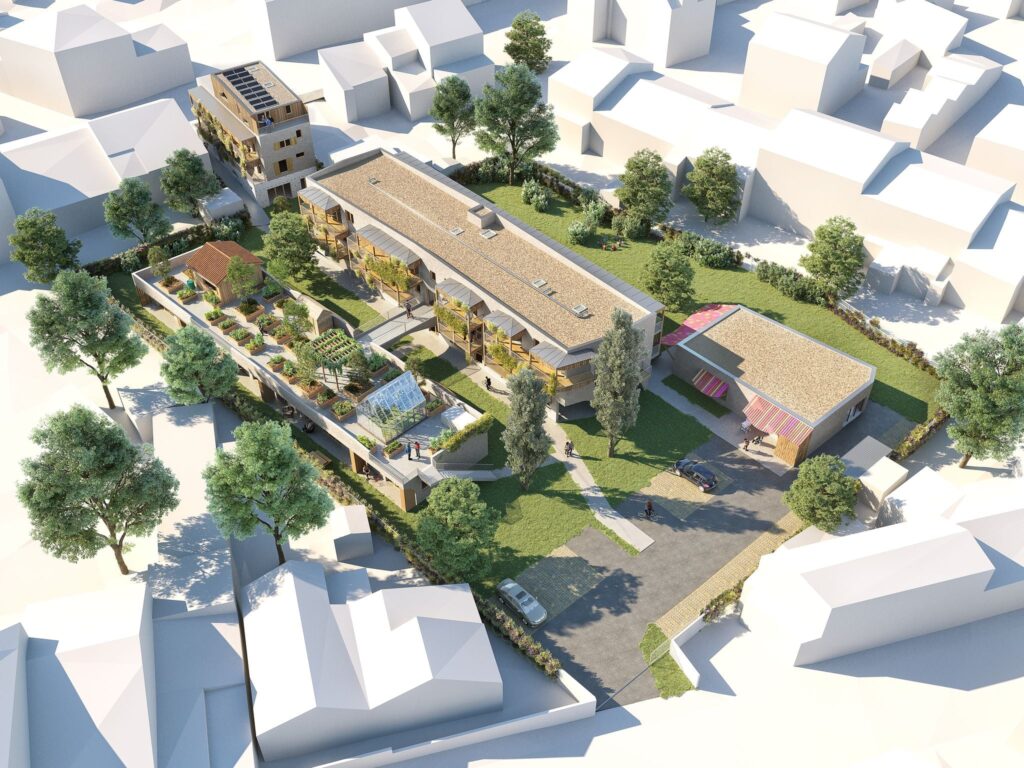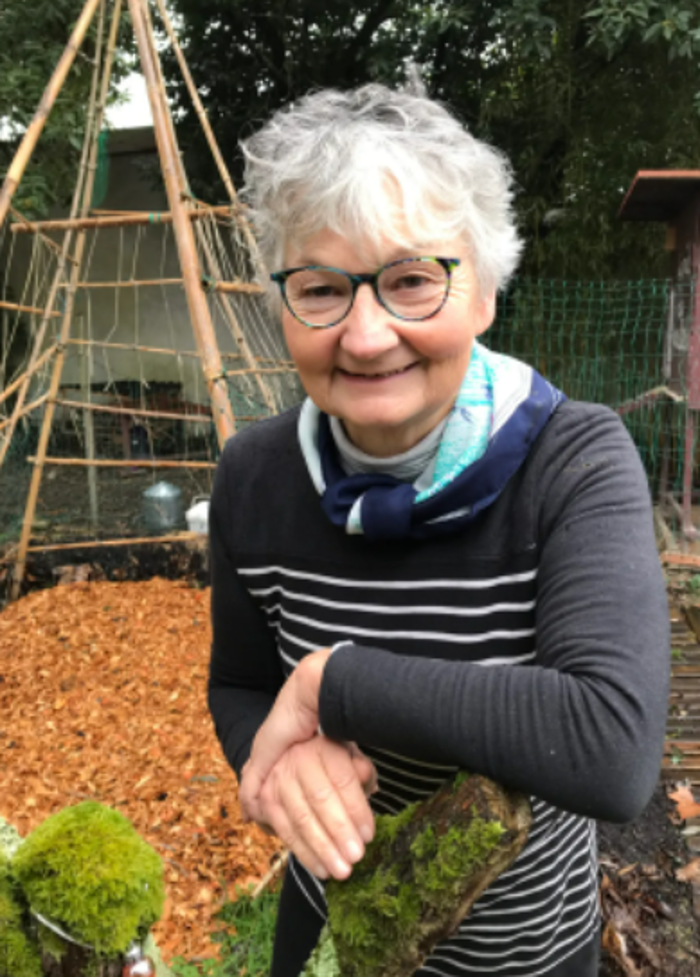Orpéa scandal, aging of the French population… The current context invites reflection on housing solutions for the elderly. As nursing homes come under fire from critics, initiatives are emerging across France to pose as an alternative. This is the case with cooperative housing, an option chosen by the members of the Boboyaka association (Bègles, 33). What is special about this type of accommodation? How do you create a cooperative society of residents? We interviewed Sylvie Dumard, member of the Boboyaka group.

The aim of the Boboyaka project is to “to create and bring to life a collective and private living space for its members. † The initiators of the collective have chosen to form a cooperative: can you explain to us what cooperative housing consists of?
“In a cooperative of residents, no one is the owner: each member buys a share of the cooperative. If we decide to leave it, we get our share back. Today there is already a habitat of this type intended for seniors, it is the Chamarel Cooperative in Lyon. The Boboyaka habitat is still in the planning stage, but we have submitted the building permit.”
What steps were needed to realize this project?
“The Boboyaka project was born in 2007. Originally it was a group of friends who, seeing their age increase, decided to think about their aging together. They didn’t know exactly what they wanted before the end of their lives, but they knew what they didn’t want: to be alone, to be in charge of their children. They began to meet for aperitifs, to formulate a common project. They then created a 1901 Association Act.
As far as I’m concerned, I came a bit later in the project. We didn’t know about the different habitat statuses, but we trained ourselves: we filed a lawsuit. In a cooperative habitat, the cooperative is the project owner, so we engaged an architectural firm to realize our project. Finally, we had to announce our project to elected officials: a difficult step, because cooperative housing is still little known.”

Suppose I want to set up a cooperative housing project myself. Are there people or resources you can turn to to support the preparation of the file?
“Yes, there is the Habicoop federation that represents residents’ cooperatives to the government. We learned a lot from them. We also spoke with the residents of the Chamarel cooperative in Lyon, who went through the same phases as us. We have finally done an on-the-job training, by doing research work: there is an article in the ALUR law about participatory living.”
What will everyday life be like in Boboyaka? Is medical assistance provided to those who need it?
“During our monthly meetings, we talk a lot about the philosophy of this project. We want Boboyaka to be an open, intergenerational place: the latest project should include the opening of a micro-nursery, student studios, community gardens, a conference room… This place needs to be alive! To date we are 12 employees, and several other people have applied. A total of 18 apartments are planned with common areas (kitchen, common room, office, living room, etc.). We count on collective support for shopping and the small things of everyday life. We do not want to medicalize the place: home help remains an option if necessary.”
What is the price to pay to live in Boboyaka Cooperative Housing?
“We all bought our share for €20,000. This allows the Cooperative to take out a loan from the bank. Every month we pay back this loan: it’s a bit like rent. For 50 m2 of housing, this monthly contribution should be approximately € 600-700. The advantage is that this price is not linked to land speculation, it remains unchanged: in a context of rising rents, one can think that it will fall over time.

The residents of Boboyaka should be able to move in within two years. In the meantime, ideas are pouring in: setting up a research center on the aging population, developing neighborhood activities…”
Growing old together, in freedom and solidarity? An inspiring solution that seems to have a bright future.